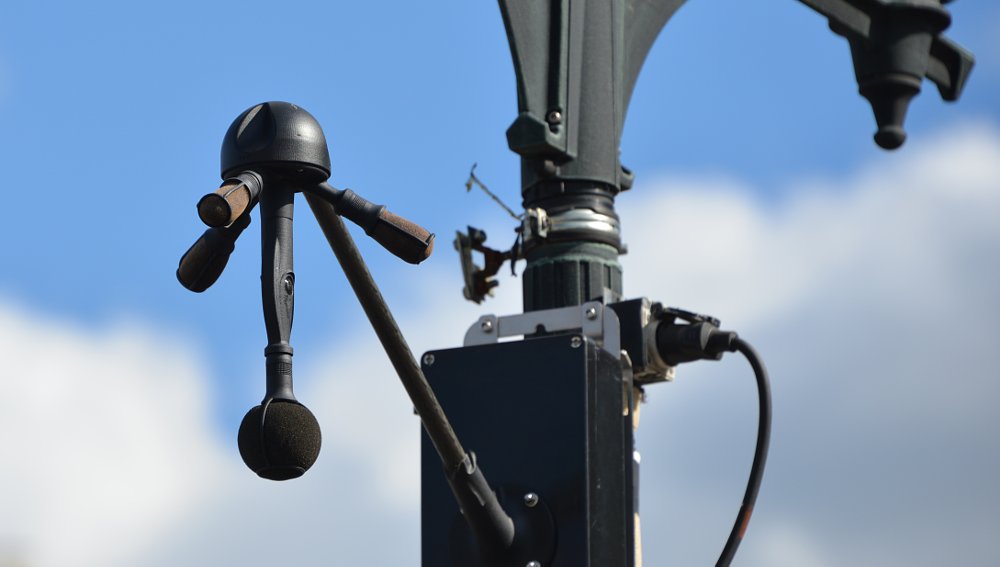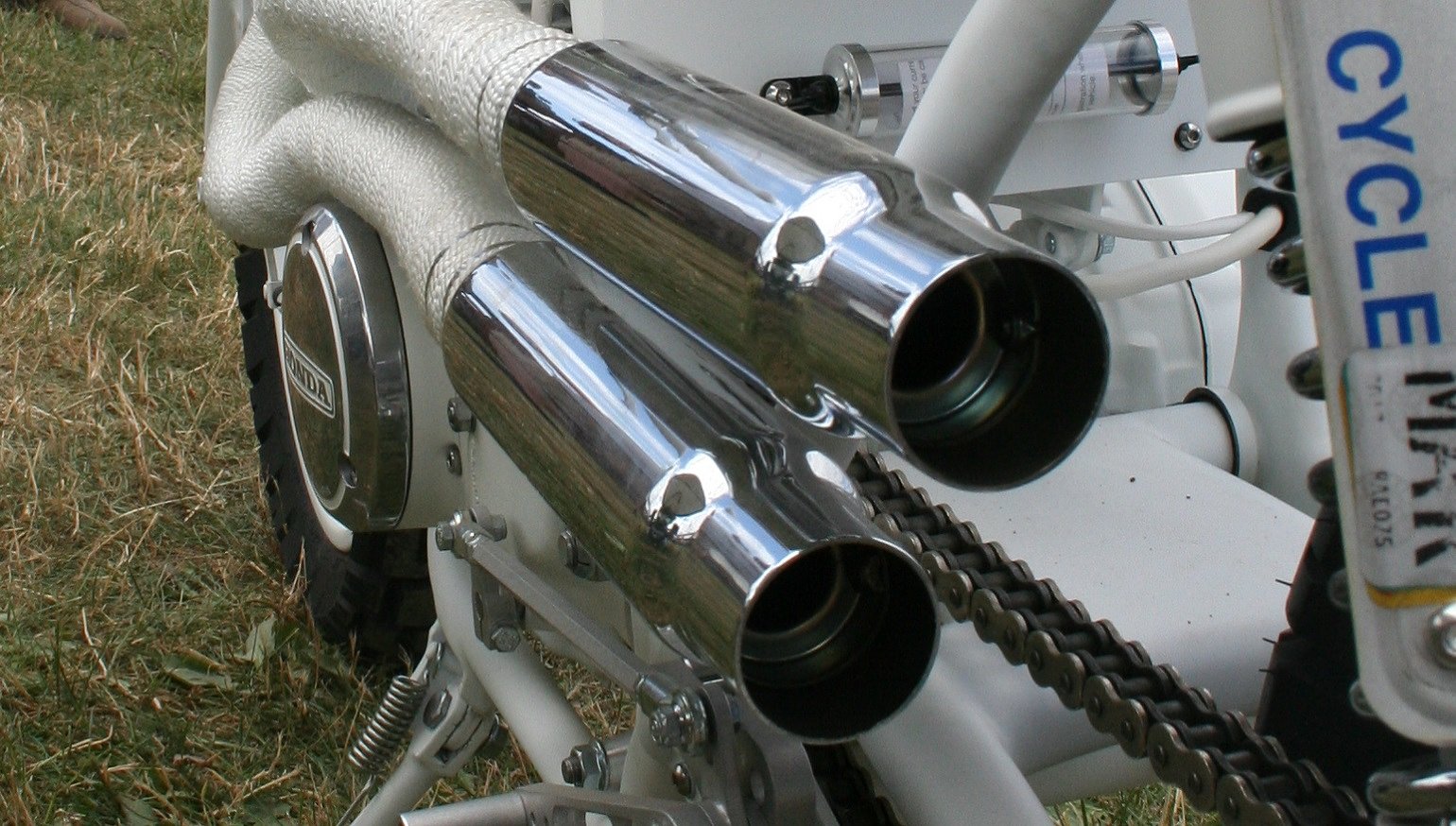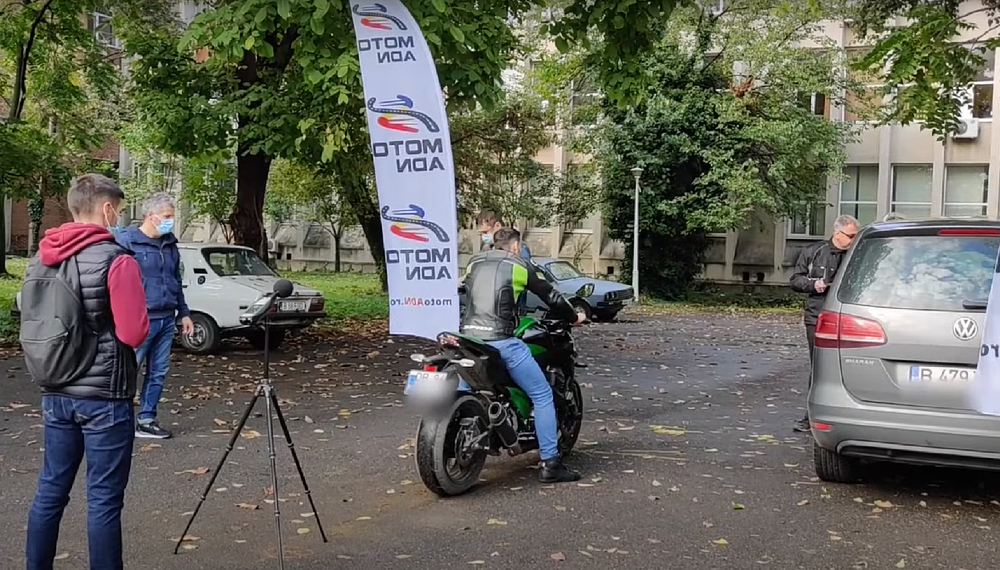The noise an engine makes is a mixed blessing. It’s exciting, or even beautiful, to some of society and largely awful to everyone else.
The story
In France, a potential solution is gaining momentum: “noise radar.” According to a Reuters report from a trial of the system two years ago, the system “can identify noisy vehicles, pinpoint their location and automatically ticket them.” It does so by measuring sound in an intersection or stretch of road ten times per second with multiple microphones, and with the “acoustic wake” left behind it can triangulate which vehicle is emitting the noise. That data can then be linked to CCTV security camera footage and automatically send a ticket to the offender. Our man Greaser covered the same movement a couple of years ago gathering steam in England.
The devices and the results have gotten some traction, as evidenced by a more recent article published by Challenges magazine reporting that these systems have been adopted by eight more French cities, including Nice and Toulouse. It’s not hard to understand why, as people in urban and suburban areas continue to cherish the idea of “a quiet neighborhood.” The policymakers behind this go so far as to say noise pollution is actually detrimental to public health, and costs the country significantly.

The opinion
The damage in euros or dollars isn’t really the point here, and trying to make this another “loud pipes save lives” debate is missing the point. We, as motorcyclists, have loud bikes because we like it, and if we are honest with ourselves for half a second we can admit that loud vehicles can be annoying or just plain bad. Maybe you stand up and start a slow clap when a gaggle of straight-pipe V-twins clatter past the restaurant where you’re eating dinner. More likely, you react the same way most people do, and that’s curse or shake your head, or both. If that’s the case, that means you’re ready to admit that there is such a thing as too much.
So, where do we riders draw the line? No more MotoGP at COTA because the cacophony of 300 horsepower disturbs the petting zoo for blind hamsters that moved in next door? It’s OK, there will still be Moto-E, right? No, it’s unlikely that any of us who enjoy the evolution and engineering of motorcycling as a whole wants to see all of the fire and brimstone of internal combustion die off just yet. Then again, we can probably agree that while we’re eating brunch with grandma it’s unpleasant to have someone with too much money and hair gel wiggle our brains with their Lamborghini exhaust.
Calling these noise cameras a “potential solution” was intentional. There is a version of the future that exists with the thrill of a powerful and charismatic engine intact, along with some rules and technology that aim to make sure gear heads are only loud when the time is right. Plenty of high performance cars and bikes currently use servo-operated valves that keep the true thunder of the exhaust tamped down unless the driver or rider really asks for it. And if mashing the gas and spitting fire in town feels necessary, maybe the person is asking for it in more ways than one.
Keeping that behavior in check is sensible, and hopefully a sign of what the next era holds — a place where shift workers sleep better and grandma can enjoy her porridge, but mountain roads will still echo with the sounds of people enjoying their bikes and cars.








